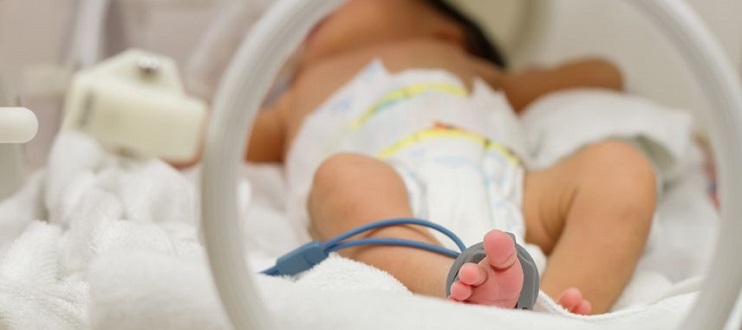

 Back to Suggested Publications
Back to Suggested Publications

This week WAidid suggests the article published in September on NEJM "Nasal High-Flow Therapy for Primary Respiratory Support in Preterm Infants", reporting an international, multicenter, randomized, noninferiority trial to test the efficacy of high-flow therapy as the primary means of respiratory support for preterm infants with respiratory distress.
SUMMARY:
In 2014, there were more than 380,000 preterm births in the United States, accounting for approximately 10% of all births that year. Preterm infants have a risk of the respiratory distress syndrome. Endotracheal ventilation has improved the survival rate, but it is associated with an increased risk of complications, such as bronchopulmonary dysplasia. In presence of respiratory failure, neonatologists aim to use noninvasive respiratory support. The most widely used noninvasive approach, i.e. nasal continuous positive airway pressure (CPAP), has been shown to be an effective alternative to endotracheal ventilation as primary respiratory support for preterm infants. Treatment with heated, humidified, high-flow nasal cannulae (high-flow therapy) is an increasingly popular means of noninvasive respiratory support, which has shown several advantages over CPAP, such as reduced rates of nasal trauma and infant pain scores.
The authors performed an international, multicenter, randomized, controlled trial to test the hypothesis that high-flow therapy would be noninferior to CPAP as primary respiratory support for preterm infants with early respiratory distress. From May 2013 to June 2015, 564 preterm infant out of 583, born at a gestational age of 28 weeks 0 days to 36 weeks 6 days, less than 24 hours old, who had not previously received endotracheal ventilation or surfactant treatment, were randomly assigned to treatment with high-flow therapy or CPAP. Infants were stratified according to gestational age (< 32 weeks vs ≥ 32 weeks). 19 infants were excluded because they did not meet the eligibility criteria or their parents did not provide the consent.The primary outcome was treatment failure within 72 hours after randomization.
The authors concluded that high-flow treatment resulted in a significantly higher rate of treatment failure than CPAP did, when used as primary support (respectively 71 of 278, 25.5% and 38 of 286, 13.3%, P < 0.001). Intubation rates did not differ significantly between the two treatment groups and infants in the high-flow group had a significant lower rate of nasal trauma. However, infants in the high-flow group were more likely to receive brief supplemental oxygen, and the median duration of respiratory support was 1 day longer in this group, although the need of intubation in emergency in the first 72 hours occurred significantly more often in children treated with CPAP and no significant difference was observed in each of the primary outcome.
These results will surely open a huge discussion because other studies concluded with opposite results and authors’ conclusions in this study are not totally convincing on the basis of the results.
AUTHORS: Calum T. Roberts, Louise S. Owen, Brett J. Manley, Dag H. Frøisland, Susan M. Donath, Kim M. Dalziel, Margo A. Pritchard, David W. Cartwright, Clare L. Collins, Atul Malhotra, and Peter G. Davis
To read the article, click here!